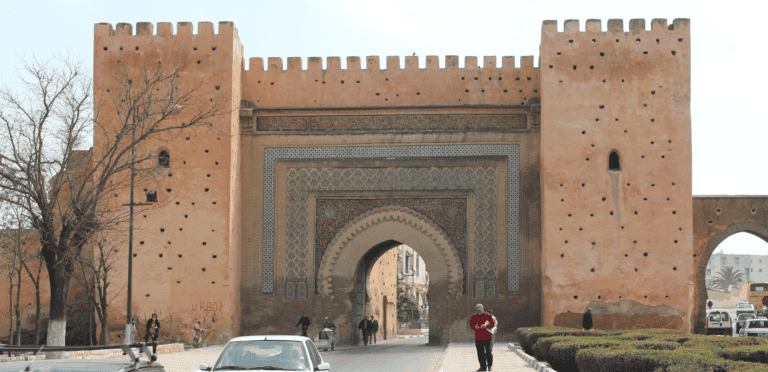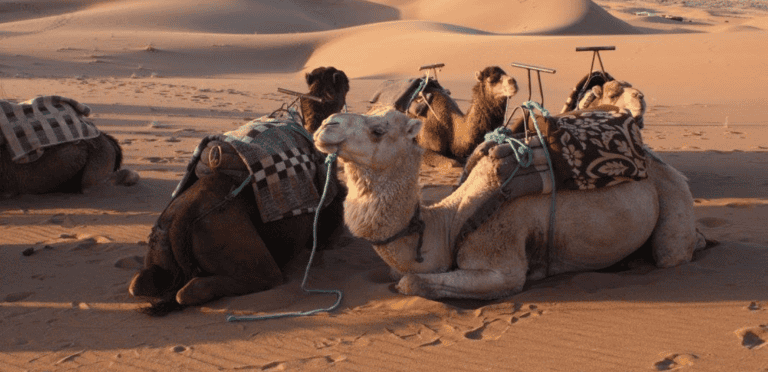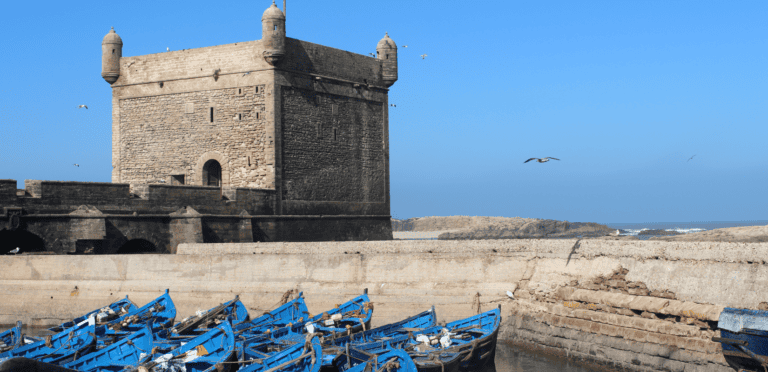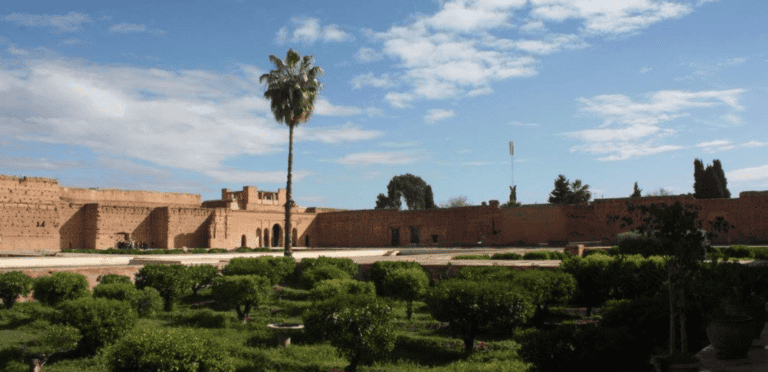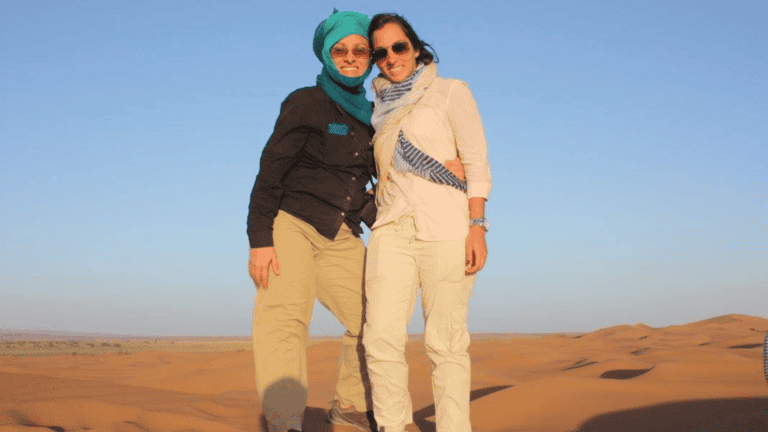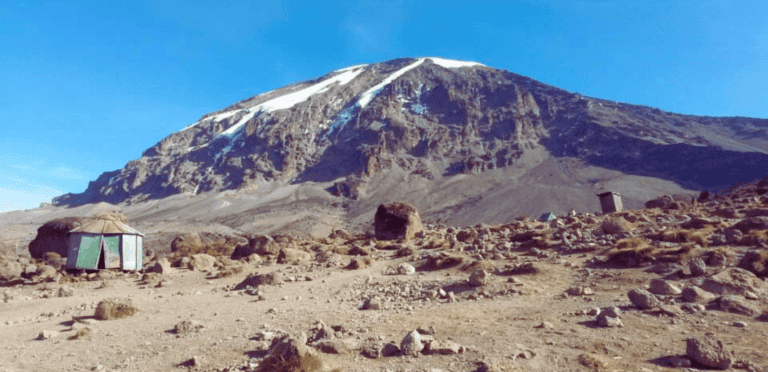The Ultimate Guide to Going on a Safari in Tanzania
Experience the adventure of a lifetime with a safari in Tanzania. Discover top destinations such as the Serengeti and Ngorongoro Crater, and get packing tips. Your adventure to see the Big Five starts here!

Embarking on a safari in Tanzania is an adventure that takes you through some of the most breathtaking and diverse landscapes on the planet.
Throughout this journey, you’ll encounter the “Big Five”, witness daily wildlife spectacles, and immerse yourself in the beauty and diversity of Tanzania.
Big Five: African Elephant, Cape Buffalo, African Lion, Leopard and Rhinoceros
If you are starting your safari in Tanzania, we recommend flying into the Kilimanjaro International Airport (near Arusha).
From the airport, you can drive to the city of Arusha, which takes around an hour to reach.
Arusha, a vibrant city, blends cultural experiences, comfortable accommodations, and essential amenities.
Before heading out on your safari, remember to withdraw cash and purchase any snacks you may need in Arusha. ATMs and supermarkets can be scarce once you enter the parks.
In this guide, we’ll explore some of the most iconic safari destinations, including the Ngorongoro Crater, the Serengeti National Park, and the Tarangire National Park.
We’ll also provide essential packing tips to ensure you are well-prepared for this once-in-a-lifetime journey.
Why Choose Tanzania for Your Safari?
Tanzania is a top safari destination for several reasons:
- Incredible Wildlife: Home to the “Big Five”, Tanzania offers unparalleled wildlife viewing opportunities.
- Stunning Landscapes: From the vast plains of the Serengeti to the unique Ngorongoro Crater, Tanzania’s landscapes are as diverse as they are beautiful.
- Cultural Richness: Experience the rich culture of the Maasai people and other local tribes.
- Excellent Safari Infrastructure: Tanzania boasts well-developed national parks and a variety of accommodations, from luxury lodges to budget-friendly campsites.
We chose Tanzania because we planned to climb Mt. Kilimanjaro after our safari.
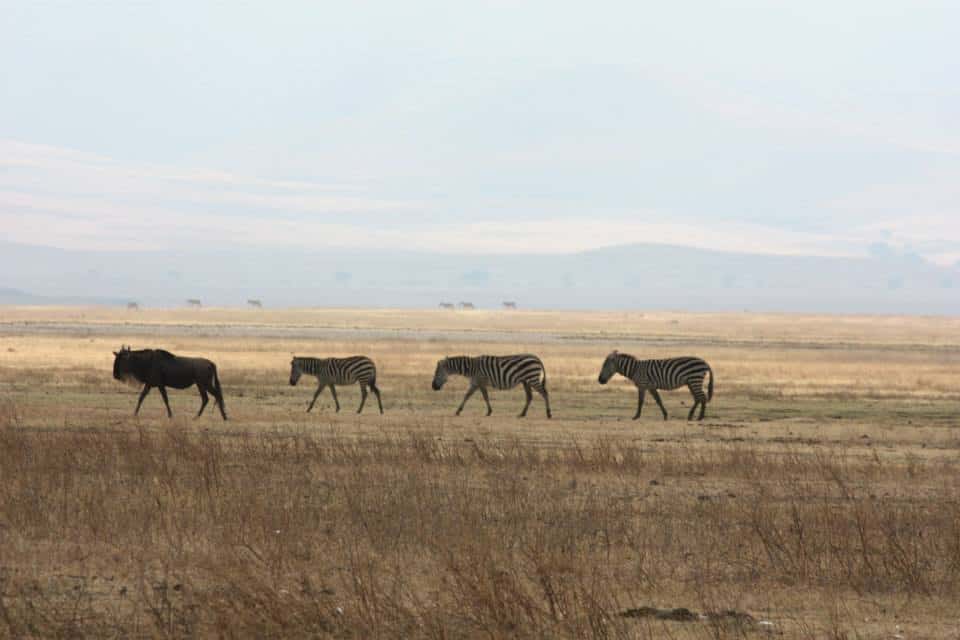
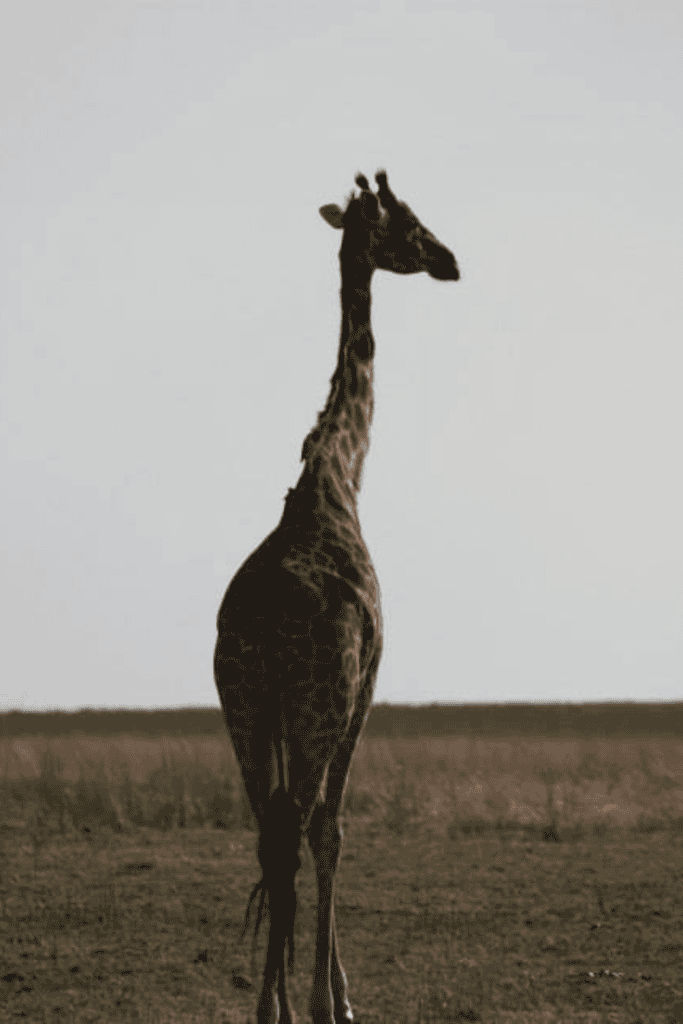
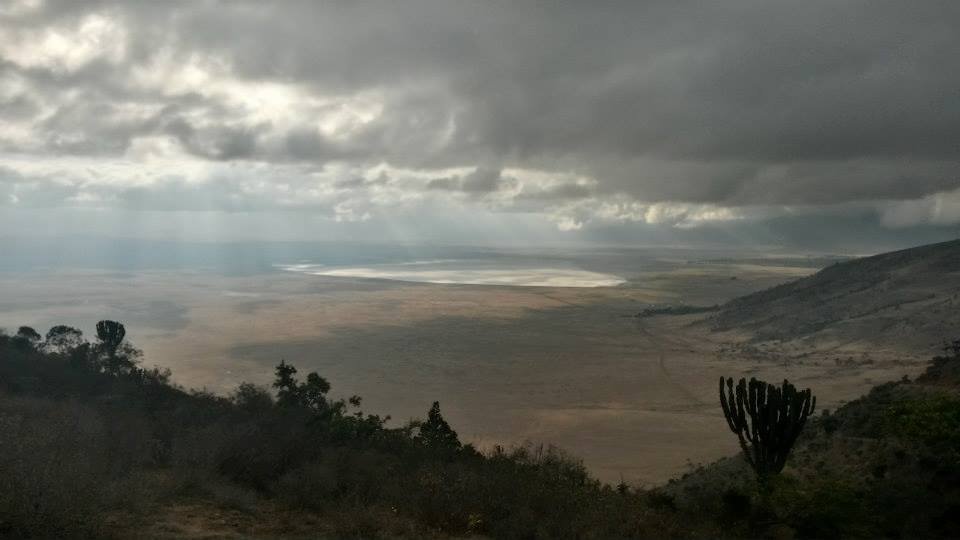
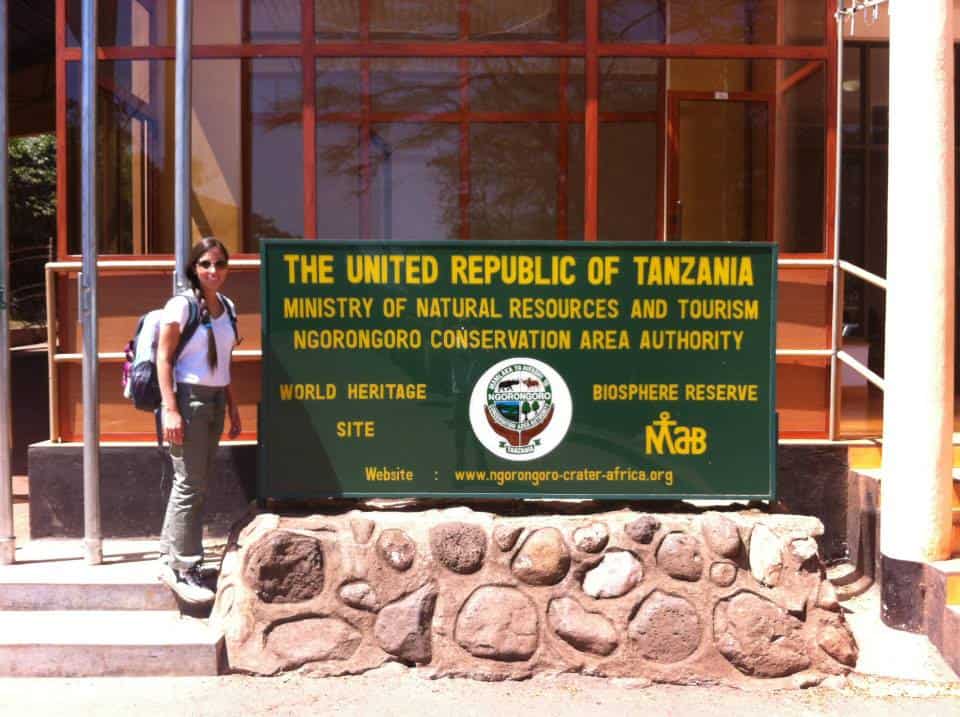
Ngorongoro Crater
The Ngorongoro Crater, a UNESCO World Heritage Site, is one of the most unique safari destinations in the world.
Formed millions of years ago by a volcanic eruption, it is the world’s largest inactive volcanic caldera, measuring about 20 kilometers in diameter.
The crater’s steep walls have created a natural enclosure for a diverse range of wildlife.
The Ngorongoro Crater is one of the best places in Tanzania to see the Big Five. The dense population of animals makes sightings almost guaranteed.
Within the crater, you’ll find grasslands, swamps, forests, and a lake, each supporting different species of animals.
Once you enter the park, you get your first glimpse of the crater from the viewpoints above. As you begin descending into the crater, you’ll start to see zebras, buffalos, and more animals.
Tips for Visiting Ngorongoro Crater
- Best Time to Visit: The crater can be visited year-round, but the dry season (June to October) offers the best wildlife viewing.
- Guided Tours: To make the most of your visit, consider hiring a knowledgeable guide who can provide insights into the wildlife and the crater’s history.
- Entry Fees: Be sure to check the latest entry fees and regulations before your trip.
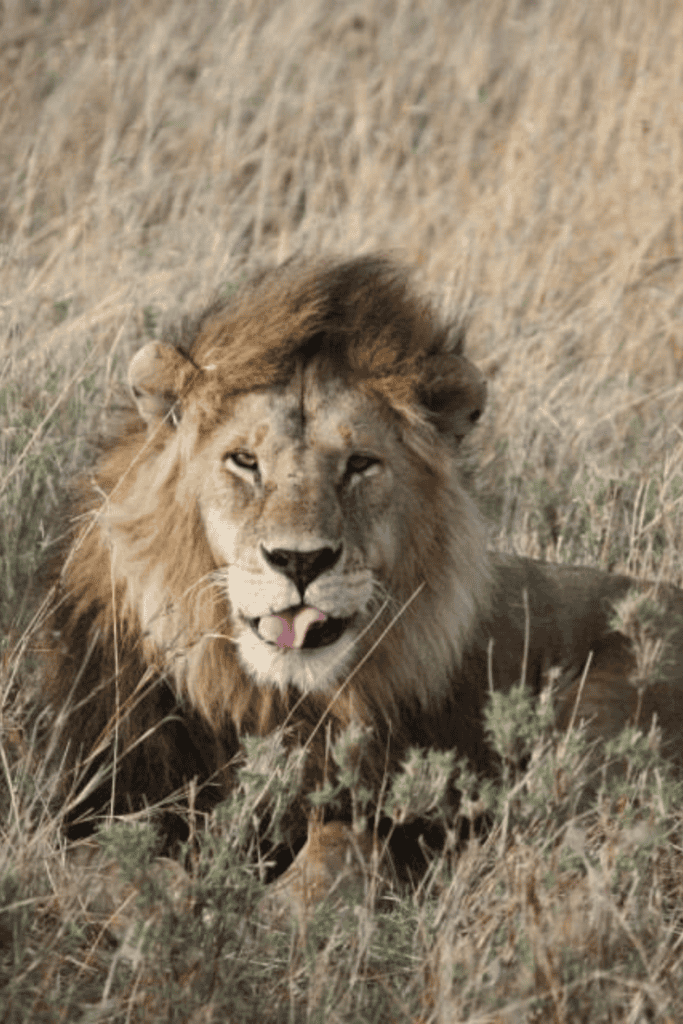
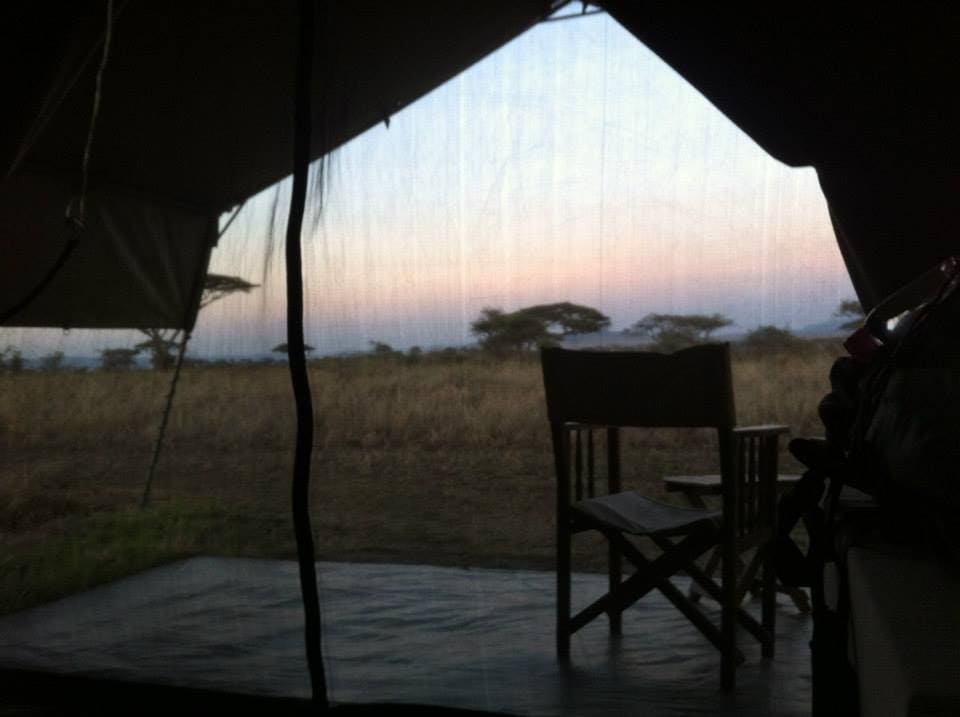
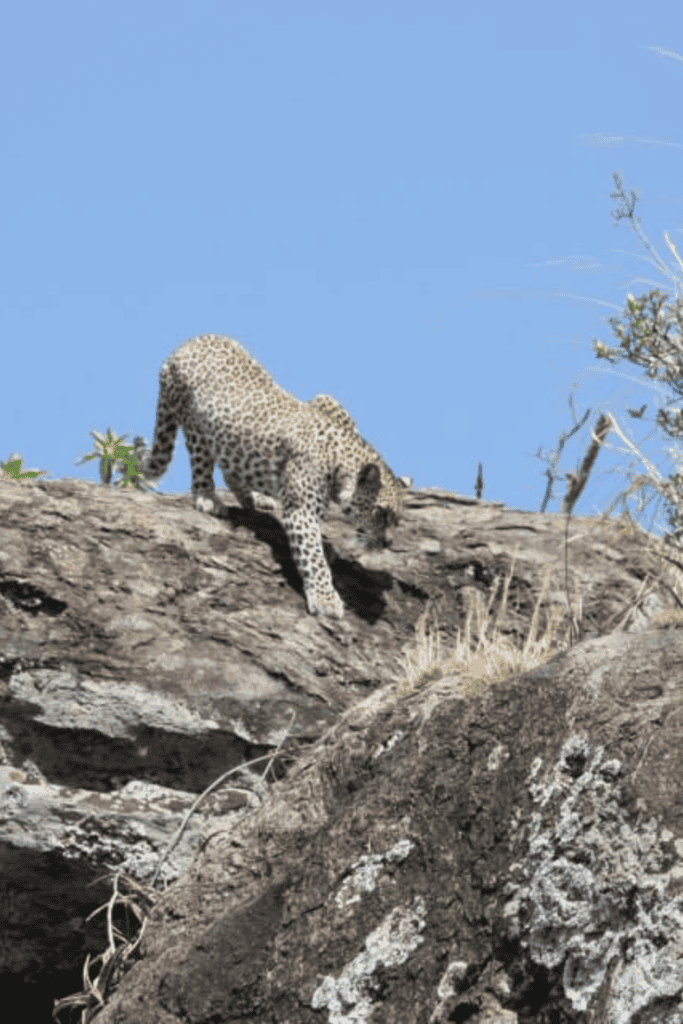
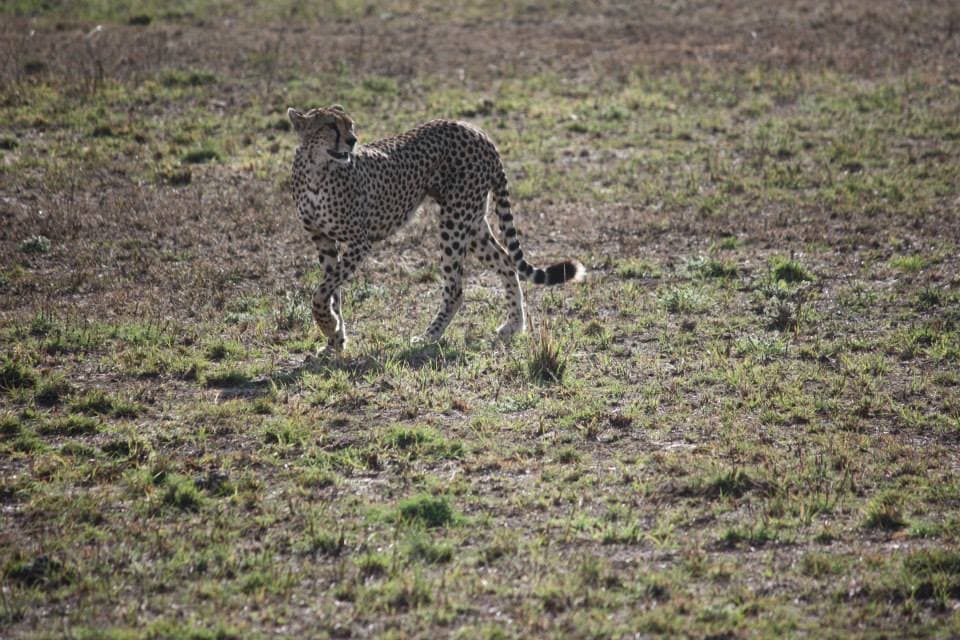
Serengeti National Park
The Serengeti National Park is synonymous with the Great Migration, one of the most extraordinary wildlife events on the planet.
Each year, over two million wildebeest and hundreds of thousands of zebras and gazelles embark on a perilous journey in search of fresh grazing land.
This UNESCO World Heritage Site is also home to a diverse array of wildlife, including lions, elephants, and cheetahs, making it a premier destination for safari enthusiasts.
In the Serengeti, we stayed in spacious tents with beds and a bathroom, in the middle of the park. This unique experience allowed us to hear the sounds of the animals at night.
We woke up early to see the magical African sunrise, with its breathtaking orange colors and watched hot air balloons drift across the sky.
What to See and Do in the Serengeti
- The Great Migration: Witnessing the Great Migration is a bucket-list experience. The best time to see this spectacle varies depending on the animals’ movements, but generally, the migration can be seen in the Serengeti from November to July.
- Predator Action: The Serengeti is home to a high concentration of predators, including lions, cheetahs, and hyenas, who follow the migration closely.
- Balloon Safaris: For a unique perspective, consider a hot air balloon safari. Floating above the plains at sunrise offers stunning views and excellent photo opportunities.
- Game Drives: Daily game drives allow you to explore different parts of the park and encounter a wide variety of wildlife.
Tips for Visiting the Serengeti
- Best Time to Visit: The Serengeti can be visited year-round, but the dry season (June to October) is ideal for game viewing. For the Great Migration, plan your visit based on the animals’ movements.
- Accommodation: Choose from a range of accommodations, from luxury lodges to mobile camps that move with the migration.
- Park Regulations: Be mindful of park rules and regulations, such as staying in your vehicle during game drives and respecting wildlife.
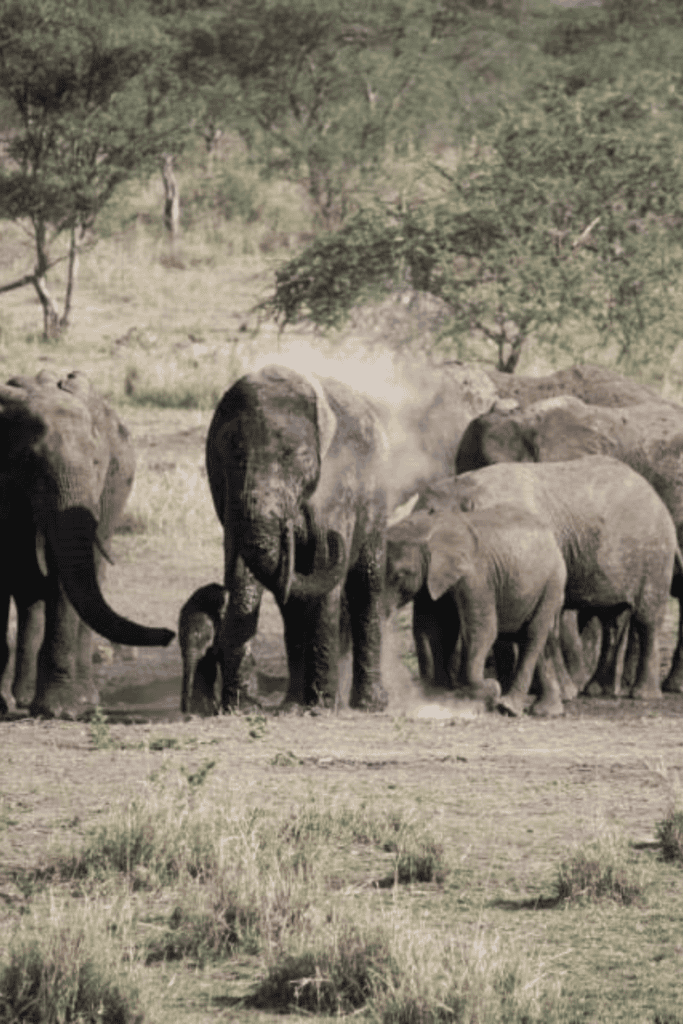
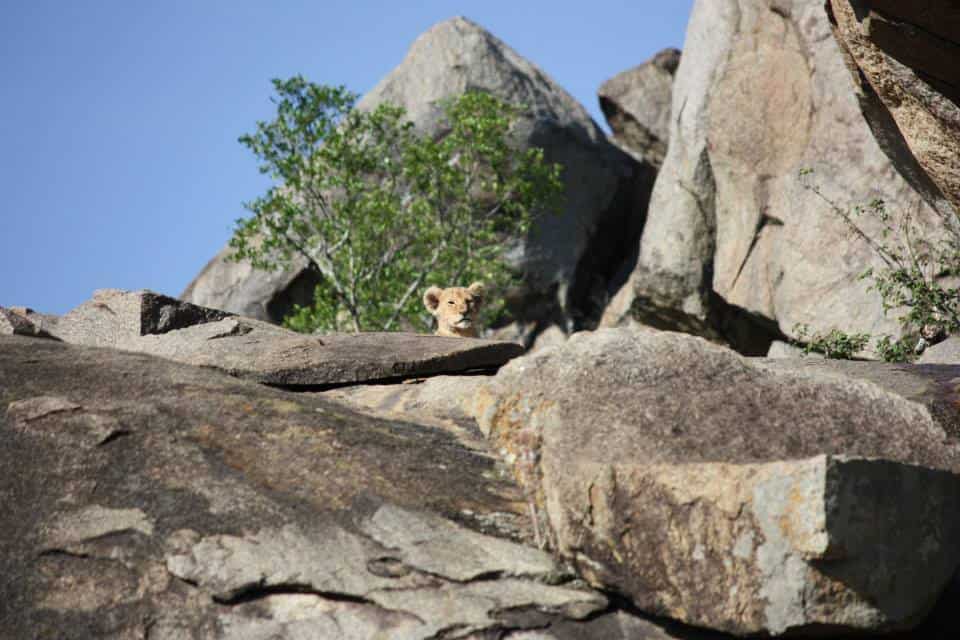

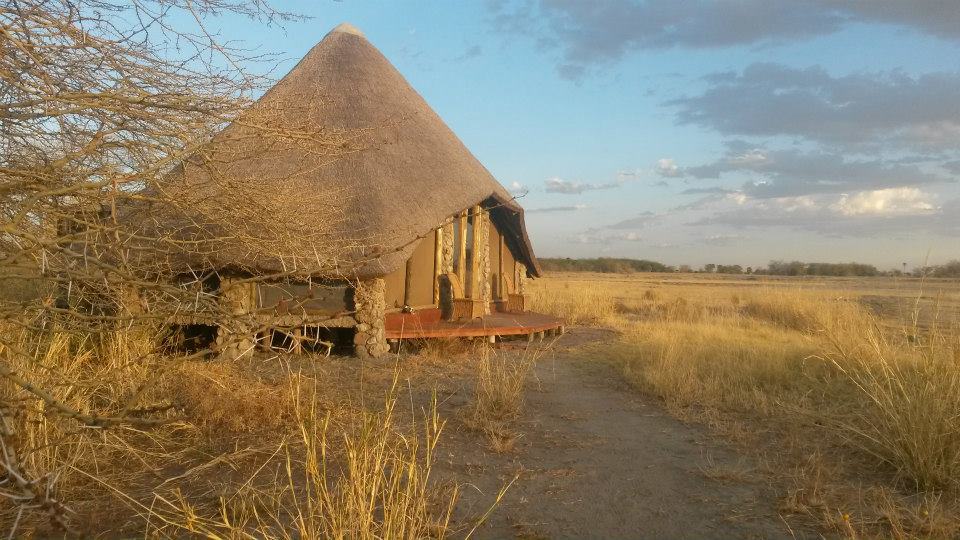
Tarangire National Park
Tarangire National Park is one of Tanzania’s lesser-known gems, offering a quieter, less crowded safari experience.
It is named after the Tarangire River, which is a vital water source for the park’s animals, especially during the dry season.
Tarangire is known for its large elephant population. During the dry season, hundreds of elephants migrate to the Tarangire River, creating spectacular viewing opportunities.
The park is dotted with ancient baobab trees, some of which are over a thousand years old. These trees provide shelter and food for many animals.
Besides elephants, Tarangire is home to lions, leopards, cheetahs, buffalo, giraffes, and an impressive variety of bird species.
The park has a mix of landscapes, including riverine forests, swamps, and savannahs, each supporting different wildlife communities.
The lodge we stayed in was secluded and didn’t have any light pollution. The sky at night was breathtaking, you could see every star up in the sky and shooting stars.
Tips for Visiting Tarangire National Park
- Best Time to Visit: The dry season (June to October) is the best time to visit, as animals congregate around the Tarangire River and other water sources.
- Guided Walks: Consider joining a guided walking safari to explore the park’s landscapes and wildlife up close.
- Stay Hydrated: The park can get quite hot, so be sure to carry plenty of water and stay hydrated during your game drives.
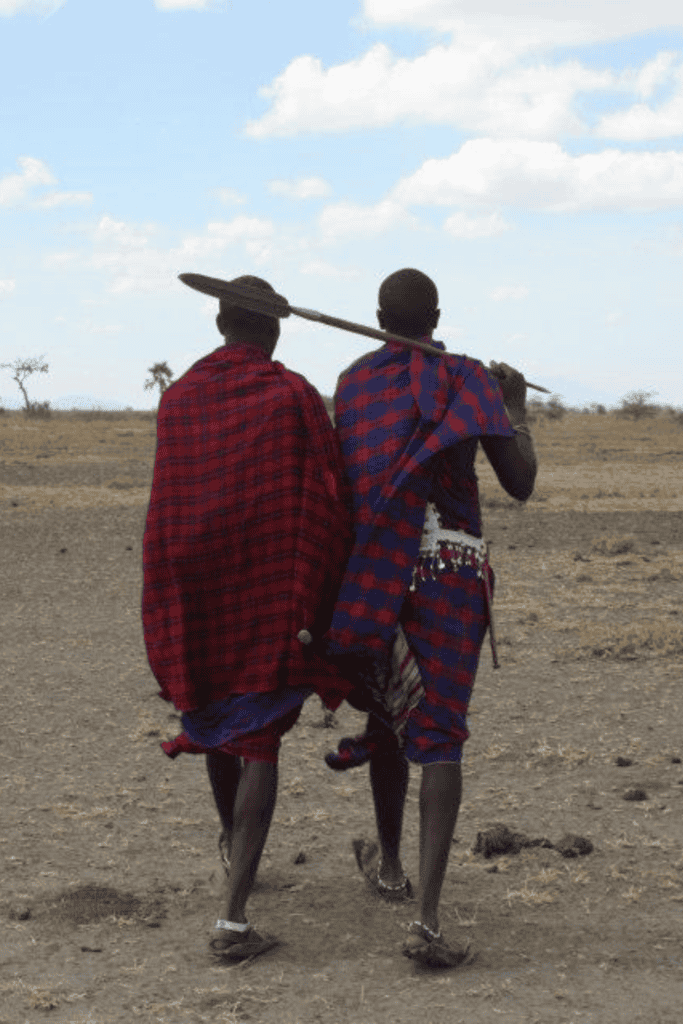

Visiting a Maasai Village
One of the highlights of a safari in Tanzania is the opportunity to immerse yourself in the vibrant culture of the Maasai people.
The Maasai are one of the most well-known and respected tribes in East Africa, renowned for their distinctive customs, dress, and traditions.
Upon arrival, you’ll be greeted with traditional Maasai hospitality. The villagers often perform a welcome dance, known as the “Adumu” or jumping dance, where warriors display their strength and agility by jumping high into the air.
During your visit, you’ll have the chance to learn about the Maasai’s way of life.
Guides from the village will explain their traditional practices, including cattle herding, which is central to Maasai culture and economy.
You’ll also see their distinctive beadwork and attire, characterized by bright shukas (cloaks) and elaborate jewelry.
Explore the Maasai’s traditional homes, called “manyattas,” which are made from mud, sticks, and cow dung.
These structures are ingeniously designed to withstand the harsh conditions of the savannah and provide a cool refuge from the heat.
Tips for Visiting a Maasai Village
- Respectful Interaction: When visiting a Maasai village, it is important to be respectful of their customs and traditions. Always ask for permission before taking photographs and be mindful of their cultural norms.
- Support Local Communities: Purchasing handmade crafts and jewelry directly from the villagers is a great way to support their community and bring home a unique souvenir.
- Guided Tours: Consider joining a guided tour led by a Maasai guide. These tours provide authentic insights into Maasai culture and offer a meaningful way to connect with the people and their heritage.
Tip:
Take candy for the little ones. They love it when you give them chocolate!
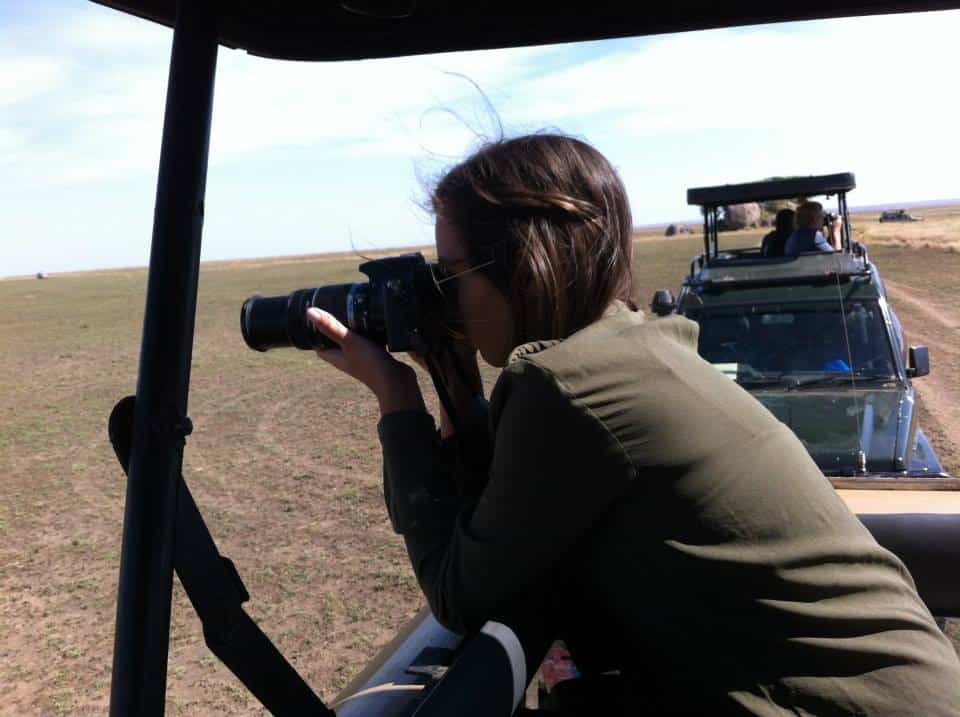
Packing Tips for Your Safari in Tanzania
Essential Clothing
- Neutral-Colored Clothing: Pack lightweight, breathable clothing in neutral colors like khaki, beige, and olive to blend in with the environment and avoid attracting insects.
- Long-sleeved Shirts and Pants: These protect from the sun and insects.
- Comfortable Footwear: Sturdy, comfortable walking shoes or hiking boots are essential for game drives and walking safaris.
- Warm Layers: Mornings and evenings can be chilly, so bring a warm jacket or fleece.
- Hat and Sunglasses: Protect yourself from the sun with a wide-brimmed hat and UV-protection sunglasses.
Gear and Accessories
- Binoculars: A good pair of binoculars will enhance your wildlife viewing experience. This is a MUST, especially in Tanzania, it’s against the rules for the Jeeps to go off-road.
- Camera and Extra Batteries: Capture your safari memories with a reliable camera. Bring extra batteries and memory cards.
- Insect Repellent: Protect yourself from mosquitoes and other insects with a high-quality repellent.
- Sunscreen: A high SPF sunscreen is crucial to protect your skin from the strong African sun.
- Reusable Water Bottle: Stay hydrated with a refillable water bottle. Many lodges provide filtered water. We took purification tablets just in case.
Health and Safety
- Medications: Bring any prescription medications you need, along with a basic first aid kit.
- Vaccinations: Check with your healthcare provider for recommended vaccinations and medications for travel to Tanzania. As US Citizens we got the Yellow Fever and Hepatitis B. We also took prevention pills for Malaria.
- Travel Insurance: Ensure you have comprehensive travel insurance that covers medical emergencies, trip cancellations, and lost luggage.
Documents and Money
- Passport and Visas: Ensure your passport is valid for at least six months beyond your travel dates. Obtain any necessary visas in advance.
- Cash and Cards: Bring some US dollars in small denominations for tips and purchases. Credit and debit cards are widely accepted in major towns and lodges. ATMs are hard to come across when you enter the National Parks, so make sure you have cash.
- Copies of Important Documents: Keep photocopies or digital copies of your passport, visa, travel insurance, and itinerary.
Adventure Of A Lifetime
A safari in Tanzania is an unforgettable experience that offers a perfect blend of wildlife adventure, cultural encounters, and stunning landscapes.
Whether you’re exploring the Ngorongoro Crater, witnessing the Great Migration in the Serengeti, or visiting the Tarangire River, you’ll create memories that last a lifetime.
Going on a safari is hands down one of the best experiences and trips we’ve ever had. Seeing a lion or a herd of elephants in the wild is indescribable.
Spoiler alert: Visiting a zoo after experiencing a safari will never be the same. Seeing animals in cages feels sad after witnessing them roam free in their natural habitat.
You must put a safari in Tanzania on your bucket list. It’s a once-in-a-lifetime adventure that will change you forever.
By following the tips in this guide and packing thoughtfully, you’ll be well-prepared to make the most of your Tanzanian safari.
So pack your bags, grab your camera, and get ready for the adventure of a lifetime in one of Africa’s most beautiful and wildlife-rich countries.
Safe travels and happy safari!
